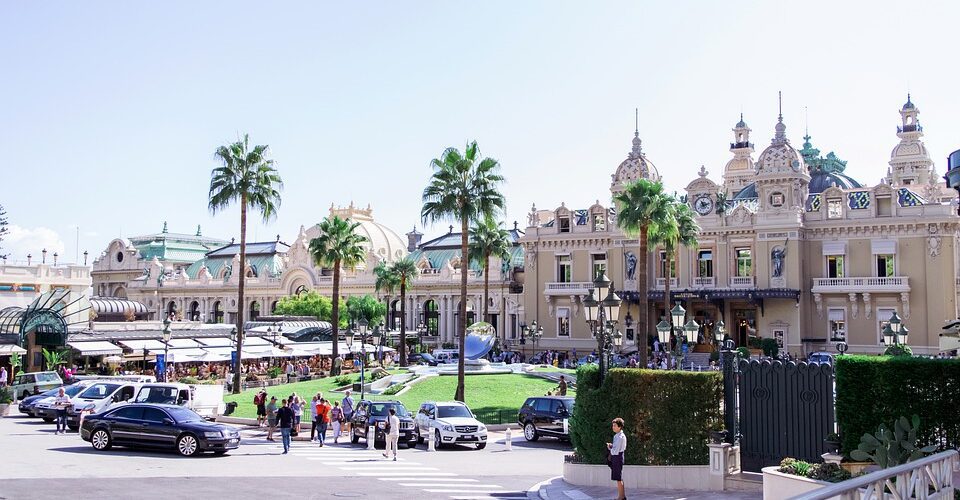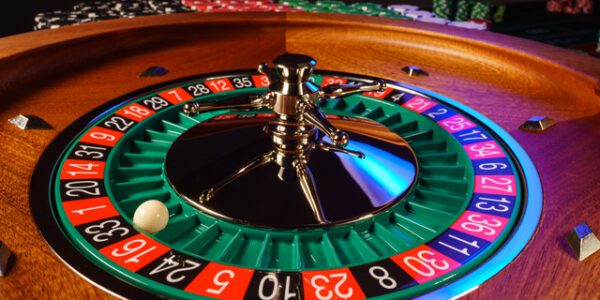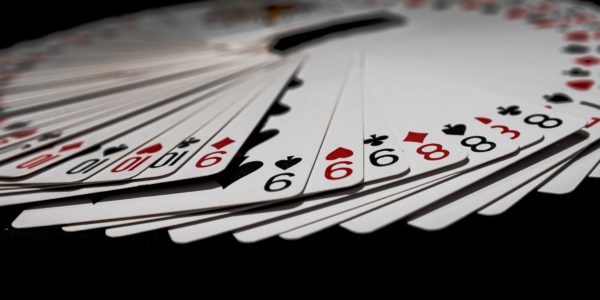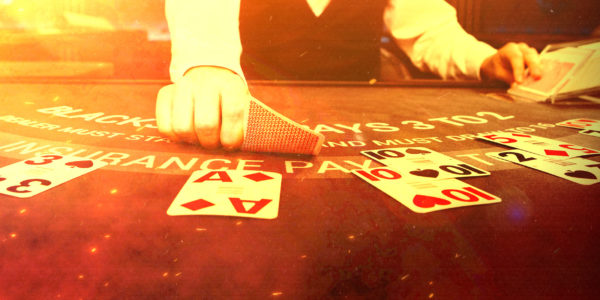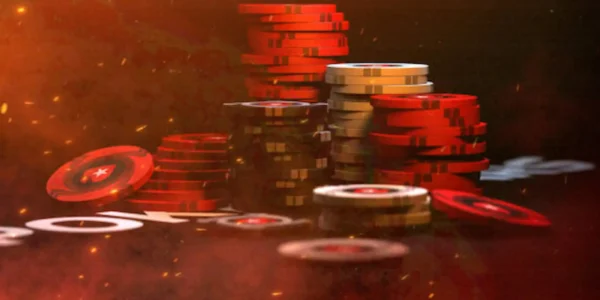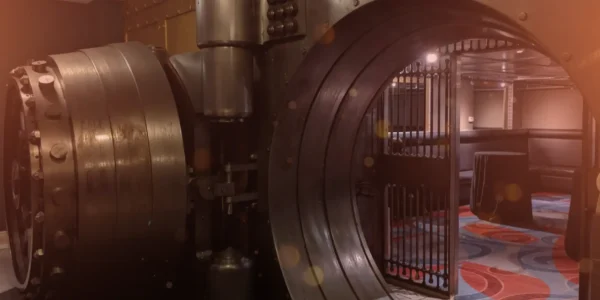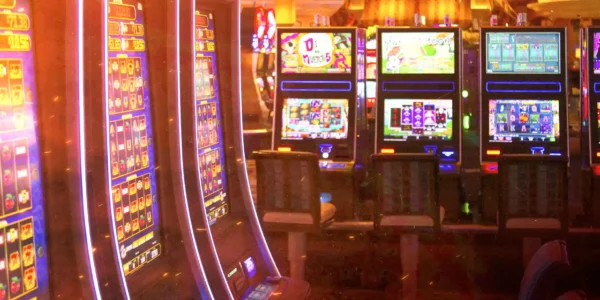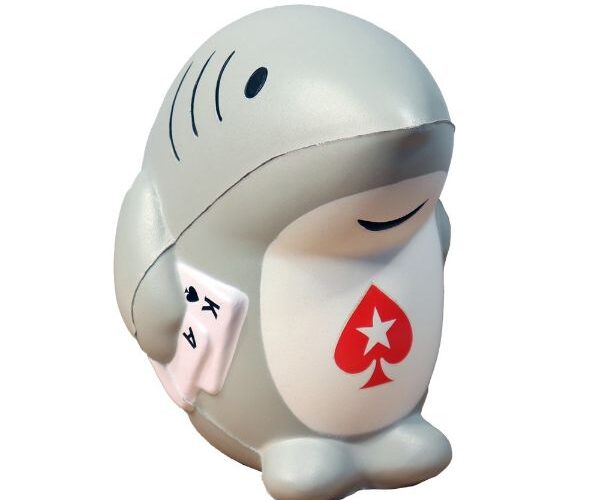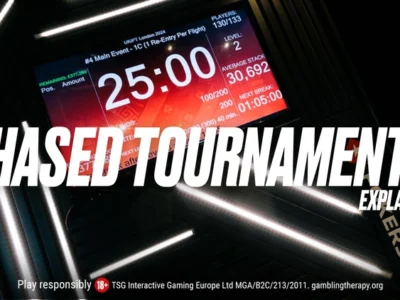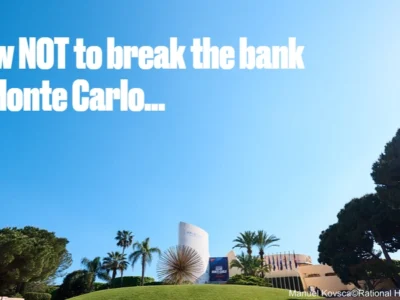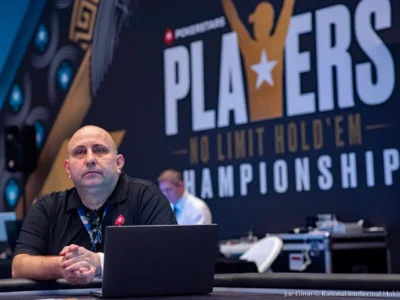A History of the Monaco Grand Prix
The Monaco Grand Prix, based in the glamorous coastal city of Monte Carlo, home to the culturally iconic Casino De Monte-Carlo, remains one of the most prestigious motorsport events in the world, nearly a century on from its humble(ish) beginnings.
It takes place along the tight and winding streets of Monaco’s gorgeous capital city in the Principality of Monaco and has a rich history dating back to its inception in the early 20th century.
The Beginnings
The original idea of organizing a Grand Prix in Monaco was the brainchild of Antony Noghes, the president of the Automobile Club de Monaco (ACM).
Noghes was Inspired by the success of other European races and proposed a street circuit race through the famed streets of Monte Carlo with the first race hosted back in 1929.
The Early Years
The embryonic early races in Monaco followed a particularly challenging and narrow track which travelled through Monte Carlo and La Condamine. It was the combination of glamourous location and genuinely testing circuit that drew much interest from across the motor racing world. The track would ultimately remain, more or less, the same until the late 1970s.
The Golden Age
Ask most people of a certain vintage what they visualize when they think about the Monte Carlo Grand Prix and you can be pretty sure it’ll be a vision of the era that defined the race – the 1950s and 1960s.
It was a time when Legendary drivers like Juan Manuel Fangio and Stirling Moss showcased their skills on the demanding street circuit, solidifying the race’s reputation as a pinnacle of motorsport.
Notable changes included the removal of the Gasworks Hairpin and the introduction of the swimming pool complex.
Add to that the attraction of cultural figures from Hollywood, the fashion world and the music industry, and the Monte Carlo Grand Prix became an annual cultural phenomenon as well as a global motorsport event.
Changing With the Times
As the sport evolved and took onboard learnings from decades of racing, so too did the organisers of the Monte Carlo Grand Prix. An emphasis on updating the circuit become an important issue from the 1970s onwards.
Formula 1 cars were become bigger and more powerful, leaving a narrow street circuit like Monte Carlo needing to adjust to continue prospering. Notable changes included the removal of the Gasworks Hairpin and the introduction of the swimming pool complex.
Down Through The Years
While there has always been much attention and press overage given to the figures that attend off the track, the real heroes and legends of the Monte Carlo Grand Prix are very much those that bravely squeezed into the cockpits of the cars and raced for their lives along the tight streets.
Perhaps the most famed driver most attached with the Monaco Grand Prix is Ayrton Senna – he would be crowned the ‘King of Monaco’ have dominated the race for much of his career in the 1980s and early 1990s. The Brazilian legend would win five consecutive victories at Monaco from 1989 to 1993. His legacy at the Monte Carlo Grand Prix is undoubtedly assured for generations to come.
The Glamour
No discussion about the Monte Carlo Grand Prix could be complete without further mention of the glamour and glitz that goes hand in (very expensive) glove with the weekend. The Casino de Monte-Carlo is a prominent destination for visitors from around the world.
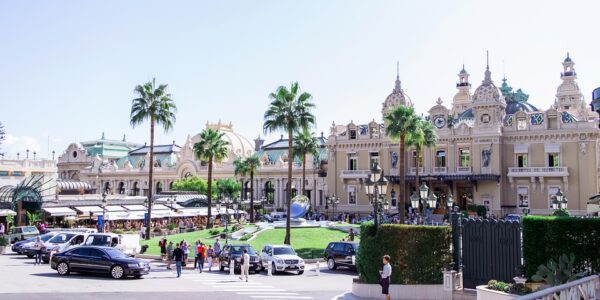
The cultural eyes of the world divert to the small principality every year to catch a glimpse of the rich and famous.
The regular images of battleship-sized yachts in the harbour and colourful supercars parked up in the sun are hard to avoid during this weekend in late May.
The Future
Despite the many glittering distractions on race weekend, the reality is that the Monte Carlo Grand Prix remains a supreme challenge for all drivers and is arguably the toughest street circuit on the F1 calendar. For this reason, it is the one that all race drivers (aspiring or otherwise) yearn to win.
What does the future hold for the Monte Carlo Grand Prix? Is there a need to even ask that question? Just watch the outpouring of ecstasy and joy on the face of the winning driver climbing to the podium come Sunday evening and you’ll see that the future of the race is very much assured.

